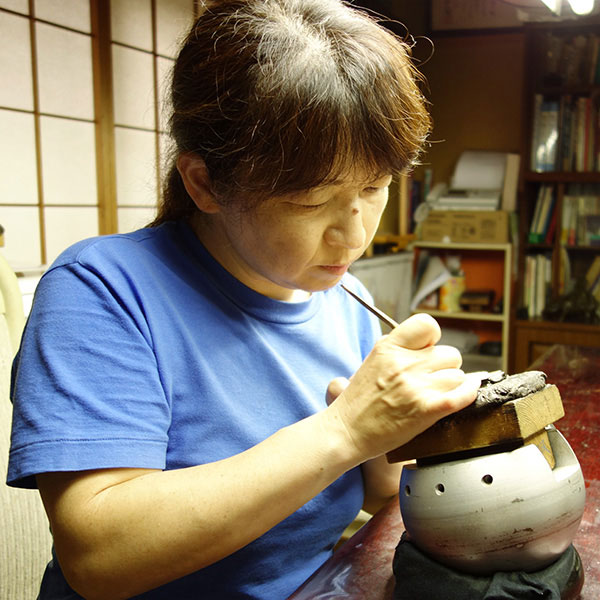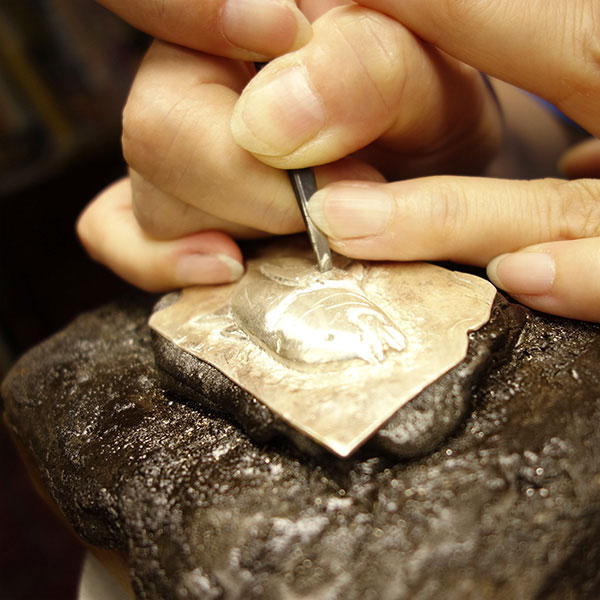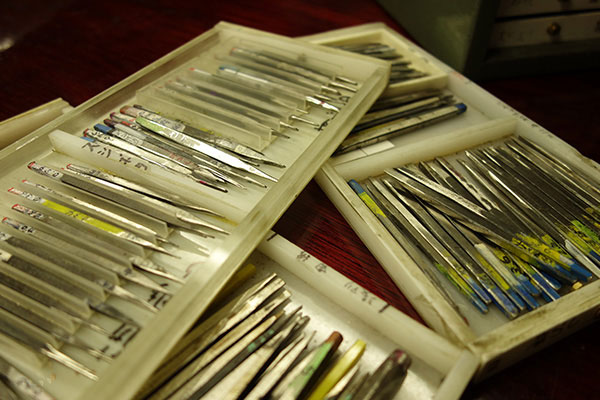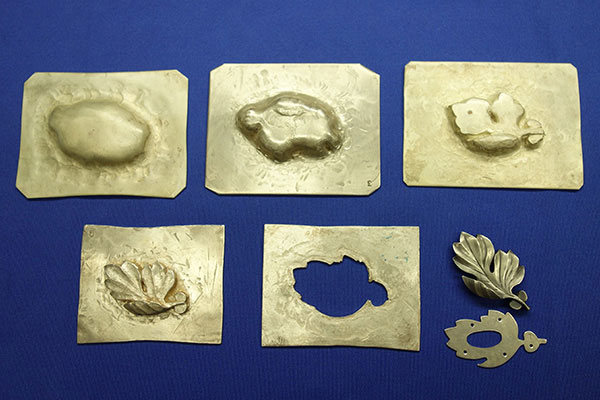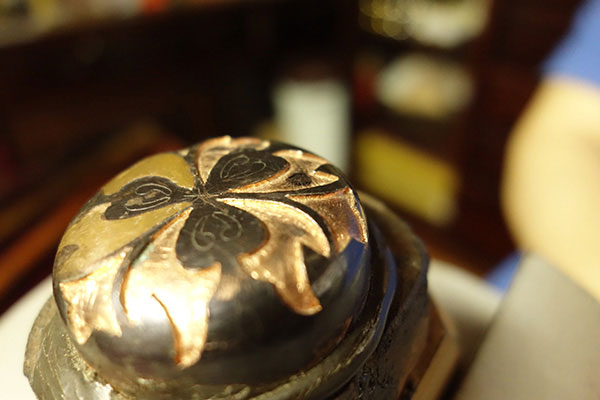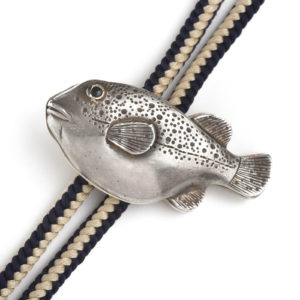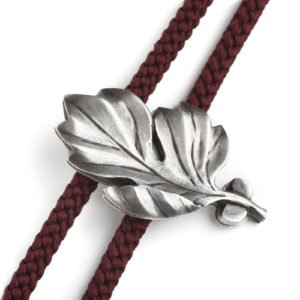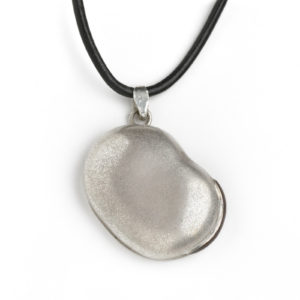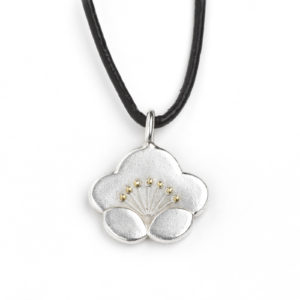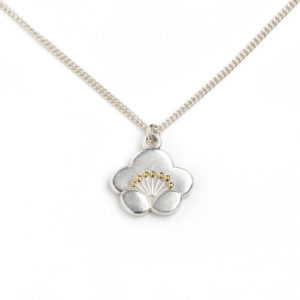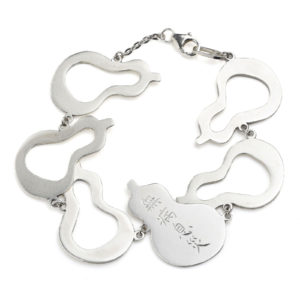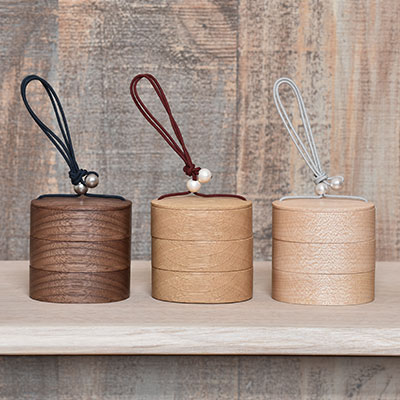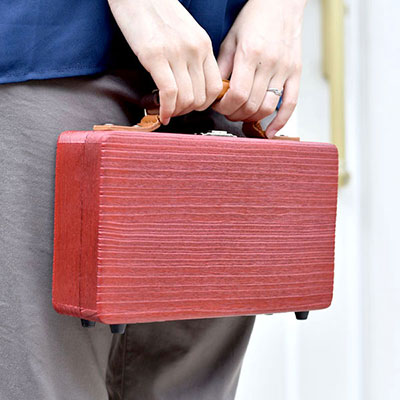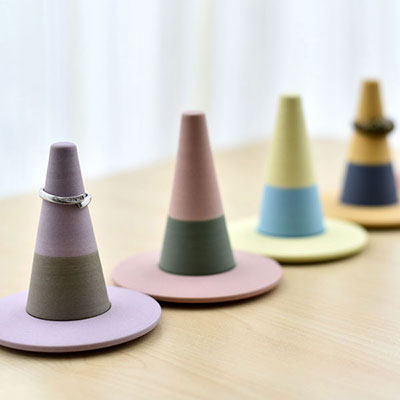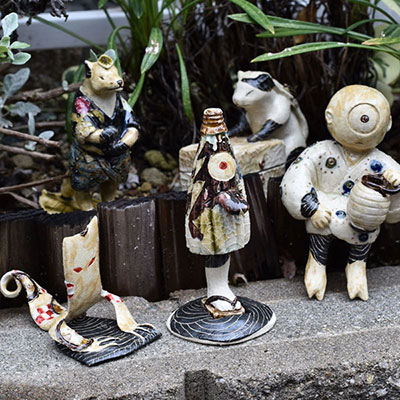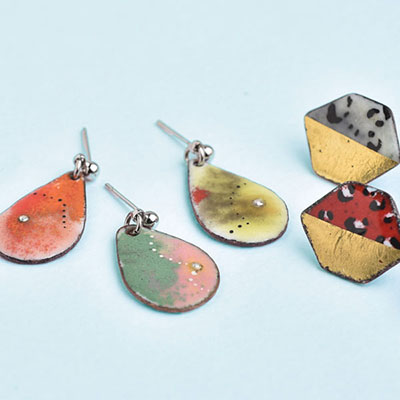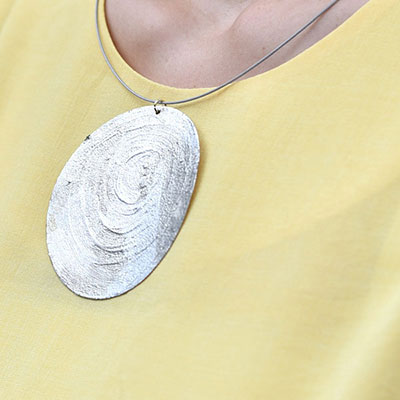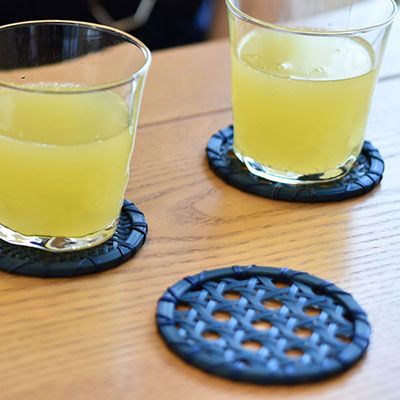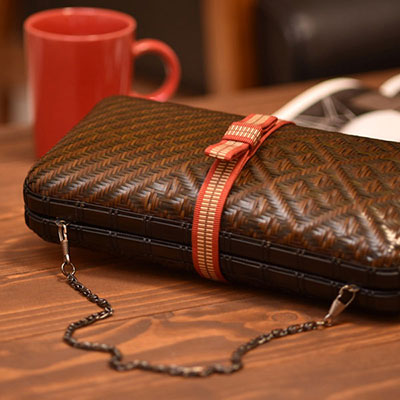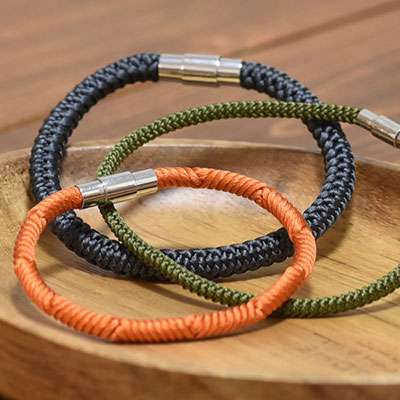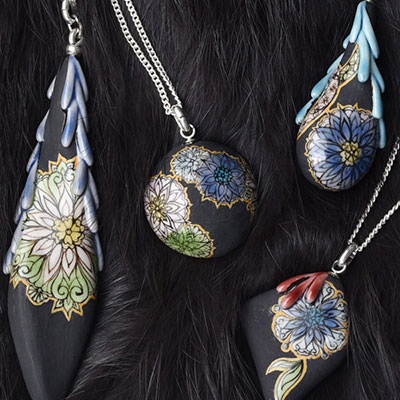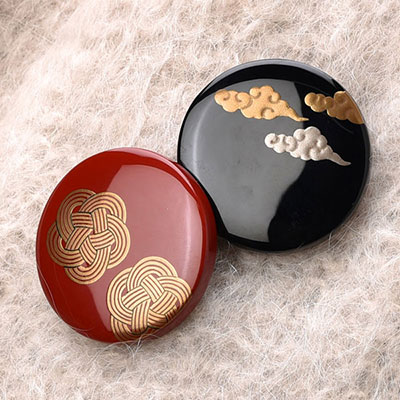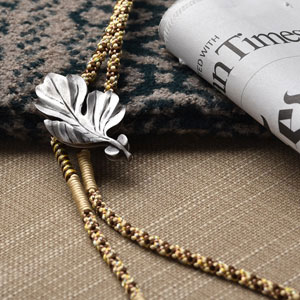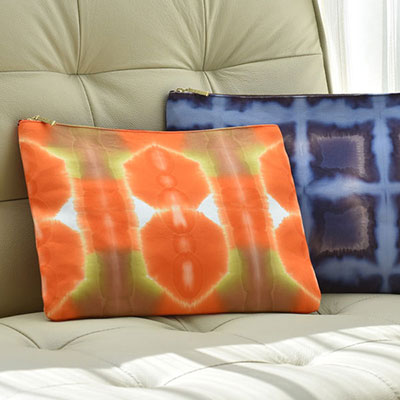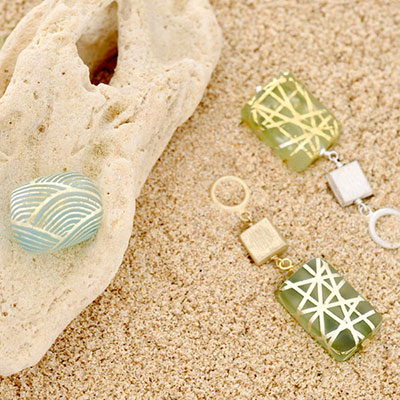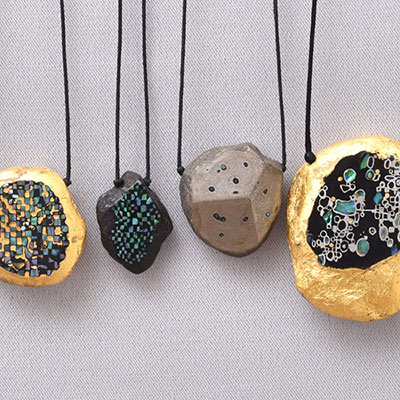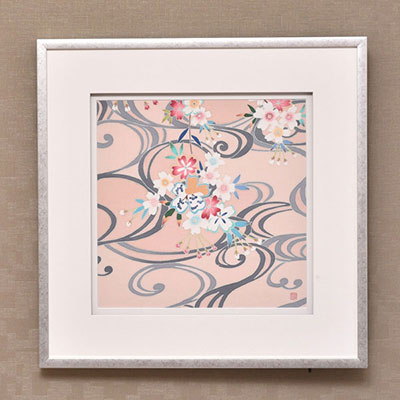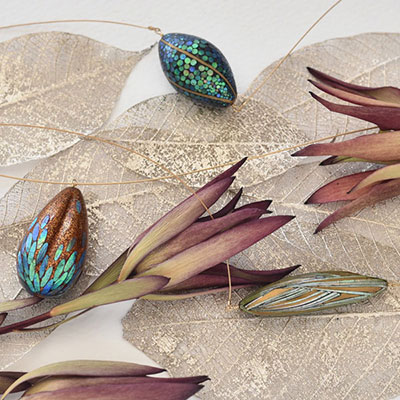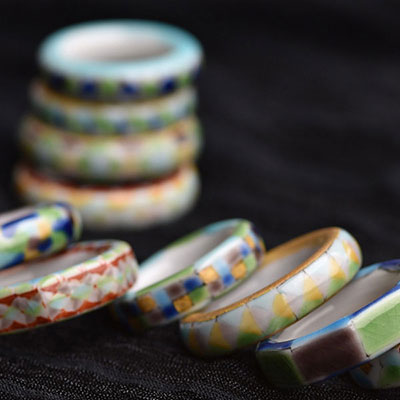
Bisho’s father started the family workshop. His skills have been handed down to both artisans, and the business has now been running for over 100 years. Their workshop produces ornaments and traditional calligraphy tools for shrines, temples and historical buildings. When Kanazawa railway station was refurbished, they were responsible for the design of one of the 24 different ornamental panels used in the station concourse. They have now branched out into producing fashion accessories, as a natural extension of their skills and knowledge.
| BRIEF PERSONAL HISTORY | |
| Bisho Kazawa | |
| 1982 | Took over the family workshop from his father |
|---|---|
| 1952 | Entered his father’s workshop |
| 1933 | Born in Ishikawa prefecture |
| Kaori Kazawa | |
| 1999 | Started working in Bisho’s workshop |
| 1966 | Born in Ishikawa prefecture |
